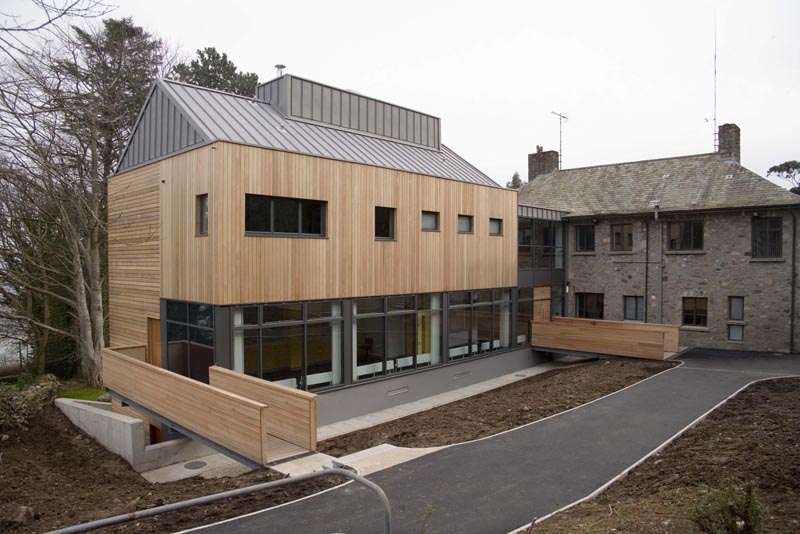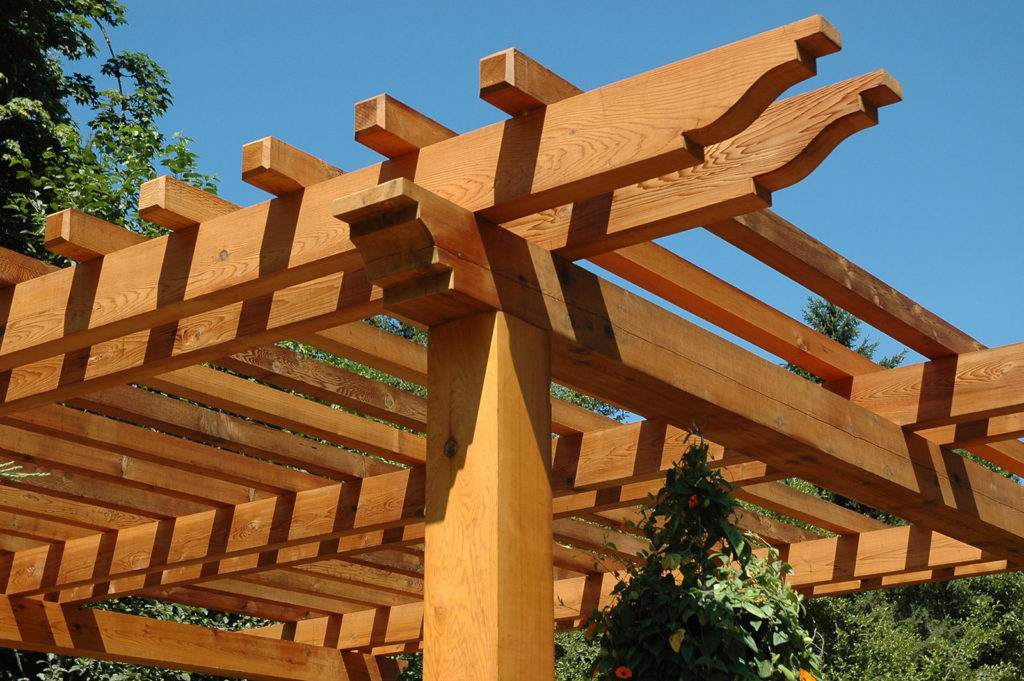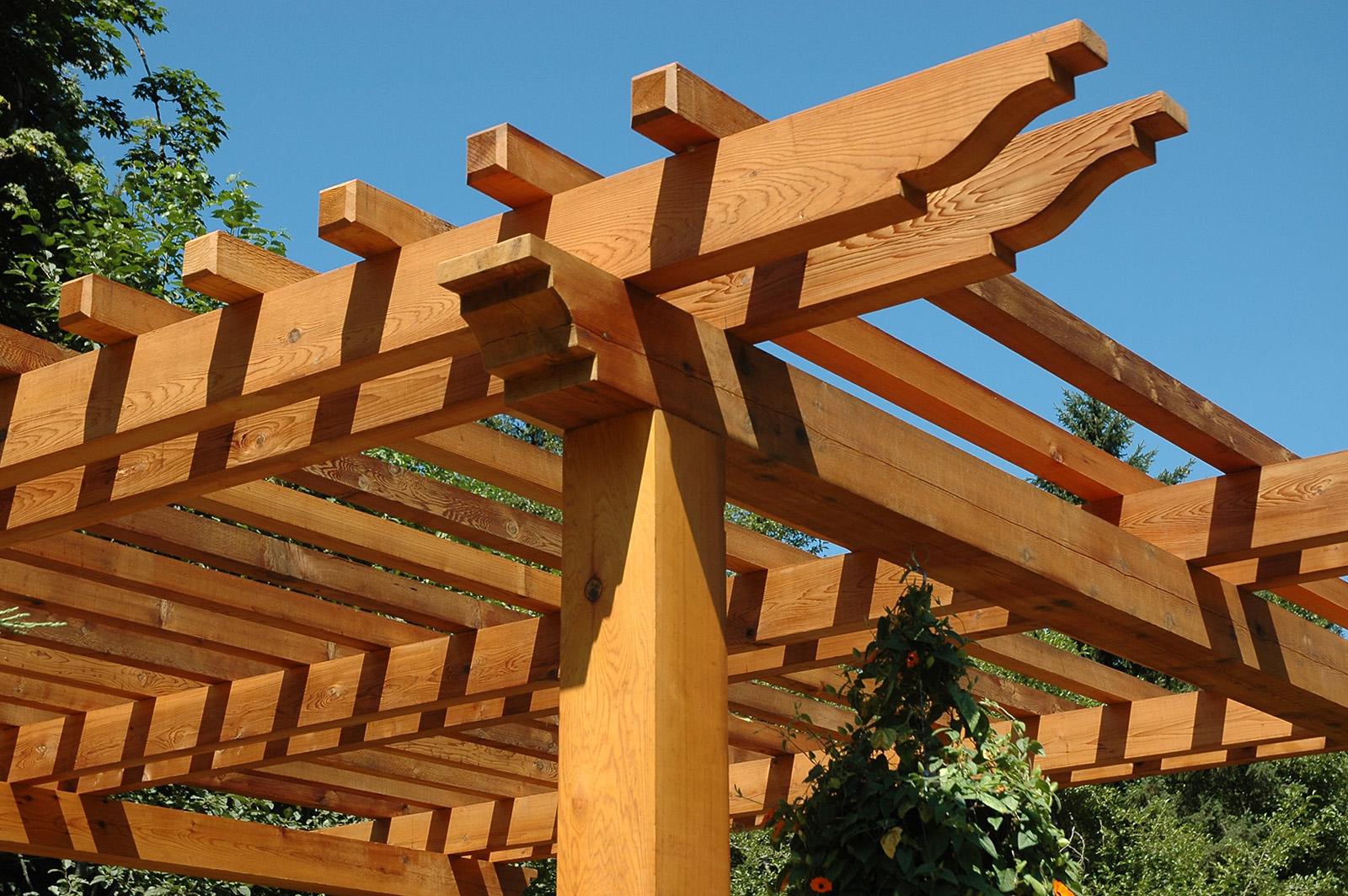Machining
★★★★☆
Splitting resistance
★★★★☆
Screw/nail-holding
★★☆☆☆
Gluing
★★★★☆
Main Uses
Ponderosa pine (Pinus ponderosa), Sugar pine (Pinus lambertiana) and Idaho White pine (Pinus monticola) are valued primarily for their appearance. Ponderosa pine is suitable for any application that requires a light to moderately strong, splinter-free, stable wood, such as jointed drawers, windows, shutters and stairs. Sugar pine is prized for precision woodworking: patterns, piano keys, doors and cabinetwork. Idaho White pine is ideal for architectural mouldings and turned items.
Distribution & Availability
Ponderosa pine has a range that extends from Canada to Mexico and from the Pacific Ocean to South Dakota and is widely available. Sugar pine grows mainly in the Sierra Nevada mountains of central and northern California, with good availability. Idaho White pine grows intermixed with other species from Colorado through Wyoming, Idaho, Montana and eastern Washington. Supply is limited.
Physical & Mechanical Properties
Ponderosa pine is light and soft-textured, with a uniform, close, straight grain that is delicately figured after dressing. It seasons well, with a minimum of warping and cupping. Sugar pine has low volumetric shrinkage and a uniform texture. Idaho White pine has exceptional workability with and across the grain.
Durability
Slightly durable. Easy to treat.














